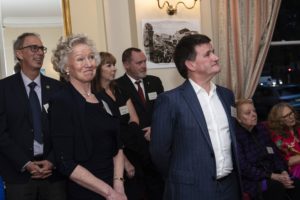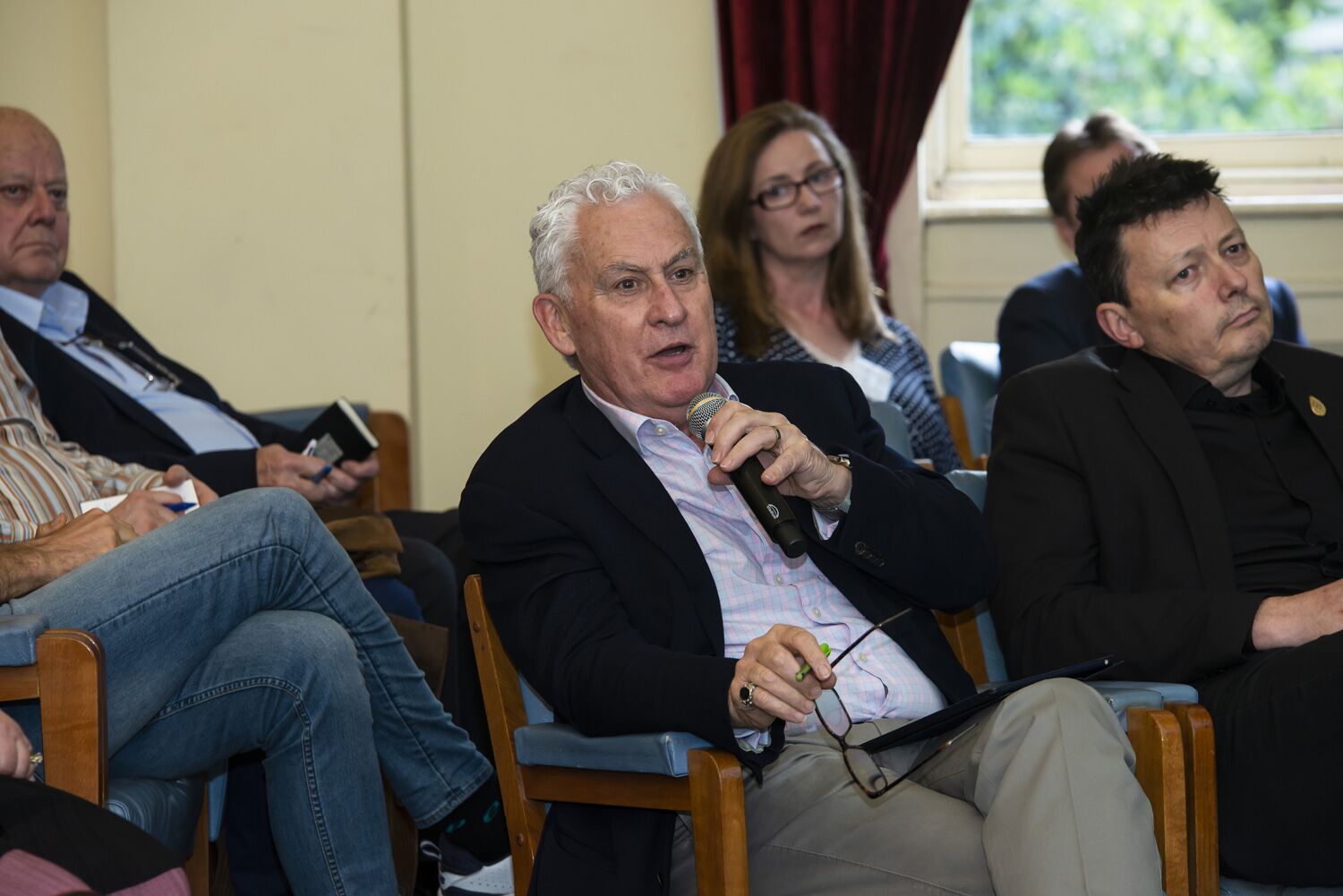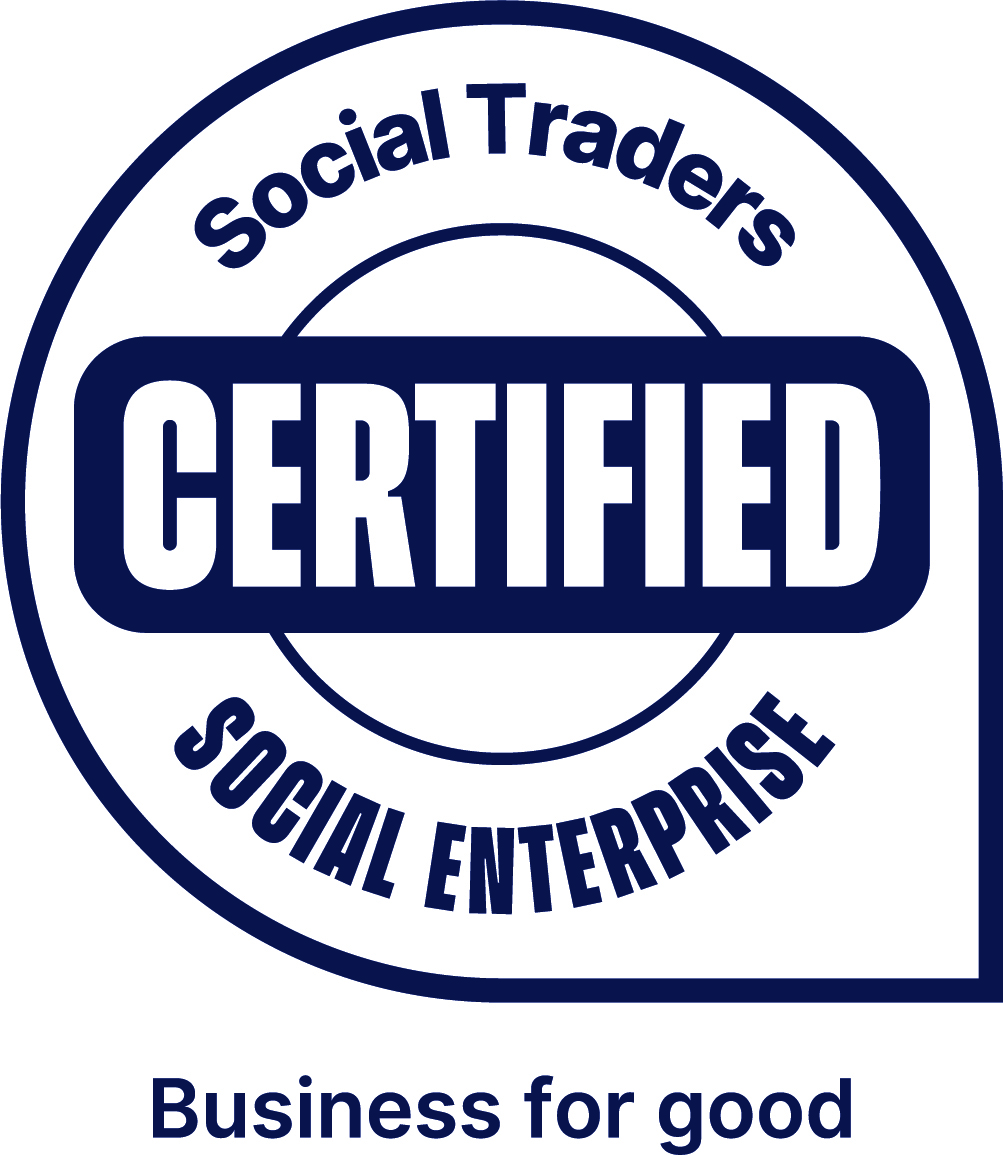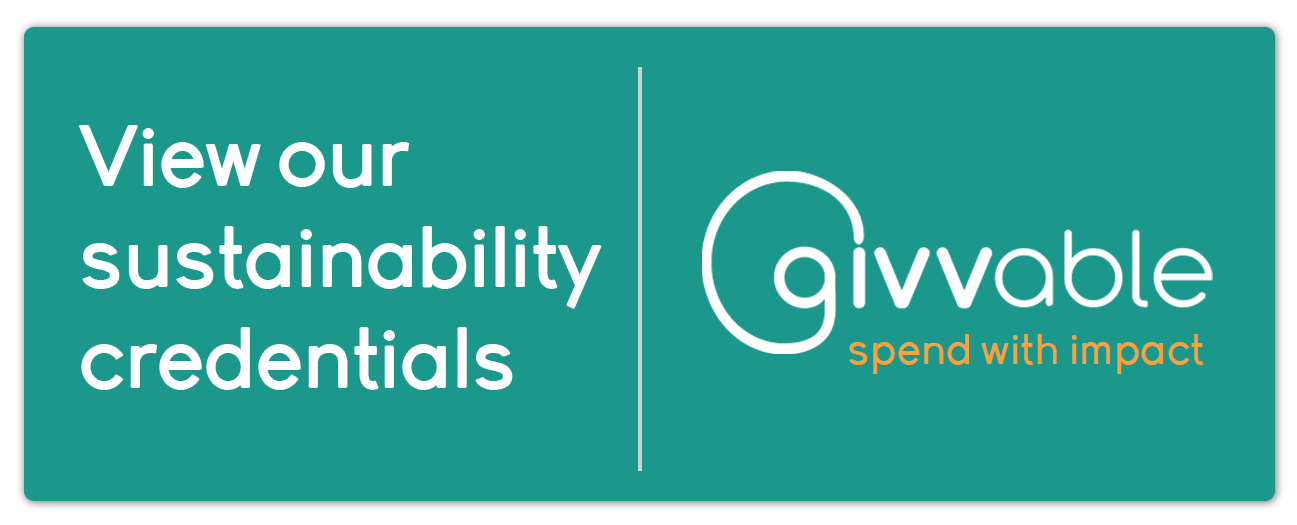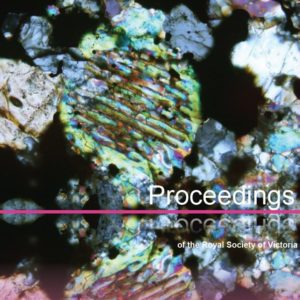Guidelines for Authors – Science Victoria
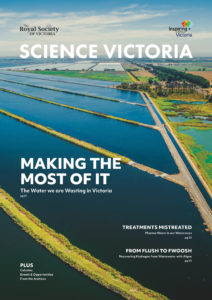 Science Victoria exists for the discussion and promotion of scientific topics of relevance to the State of Victoria. We are particularly interested in new research, in-depth articles, or discussions of where scientific work and thinking can directly address or deepen our understanding of environmental and socioeconomic challenges.
Science Victoria exists for the discussion and promotion of scientific topics of relevance to the State of Victoria. We are particularly interested in new research, in-depth articles, or discussions of where scientific work and thinking can directly address or deepen our understanding of environmental and socioeconomic challenges.
We welcome your pitches and pieces for news, features, opinion, and analysis articles on current scientific research in Victoria, recent scientific discoveries, social and policy issues, technical innovations, and overviews of impactful research. We cover a broad range of topics around science, technology, engineering, mathematics, and medicine/health (STEMM).
Science Victoria’s articles are written in plain, non-academic language, and thoroughly referenced (see: References).
This is not a platform for scientific journal articles or media pieces. For more information on what we’re looking for, see below.
Have an idea for an article? Pitch it to us!
Your pitch should briefly outline your key message, why this message should be shared in Science Victoria, and the proposed article type.
Send your idea to [email protected], along with any questions.
Pitches can be submitted at any time, but be sure to check submission deadlines if you’re interested in publishing in a particular edition.
Article Submission
Once your pitch has been accepted, you can submit completed pieces that fall within the style guide below.
All pieces will be reviewed prior to publishing, and may be edited for length and clarity (although we will be sure not to alter the message or context of your work).
Please include a by-line, and a short (<50 word) biography of the author (title, institution, qualifications, current projects, contact email) with your submission.
If you have any questions regarding suitability of your article for a particular style, or regarding putting your piece together, please contact [email protected].
Style Guide
All pieces should have readability in mind. A good litmus test is knowing that most people have read a piece or been to a presentation that managed to make the most interesting topics incredibly boring and/or confusing. This is what you want to avoid.
A general guide for readability is that it should be understood by an educated 16-year-old – or ask a friend or family member to proofread!
Readability can also be determined using a Flesch-Kincaid readability test, aiming for a score between 50-60. If drafting your piece in Microsoft Word, you can easily view your document’s readability statistics at Home>Editor>Document Stats. Alternatively, you can use one of the many free online calculators.
Feature Articles
Recommended length: 600 – 1,800 words
Feature articles are more in-depth pieces on a specific topic related to STEMM. A key aspect of feature articles is the narrative – this isn’t a journal article, so think about the story that your article is trying to tell.
Avoid using jargon, as it will quickly alienate anyone who isn’t an expert in that field. Explaining one or two otherwise irreplaceable terms is fine.
Use of sub-headings and figures to break up longer pieces is strongly encouraged.
Not quite sure about the tone for your piece? Have a look at articles published in previous editions of Science Victoria, or in other scientific publications for a general audience, like The Conversation, Cosmos, New Scientist, or Scientific American.
Opinion Articles
Recommended length: 600 – 1,800 words
In contrast to a feature article, an opinion piece conveys your informed opinion on, or experiences with, a particular topic. Clearly state your argument, outlining the details of the problem you are addressing, and build to a strong conclusion.
For greatest impact, your choice of topic should be one that is broadly relevant to STEMM-related fields in Victoria.
Examples of possible topics include how to address a climate-change related problem in Victoria; successes and failures common to STEMM engagement initiatives; ethical problems related to scientific projects or careers in STEMM; your experiences of a career in STEMM and thoughts on how to better support the next generation of researchers; existing STEMM-related studies or approaches that you believe could be applied in Victoria.
We welcome well-informed opinion articles from all authors, particularly from those with significant expertise in a given area. Articles may reference your own work; however, these are not promotional fluff pieces.
Letters
Recommended length: 200 – 1,000 words
Letters have minimal restrictions on style, structure, or subject matter. You are encouraged to submit your thoughts/questions/comments that broadly relate to STEMM in Victoria. Potential subject areas include responses to articles in previous editions of Science Victoria, seminars at scientific events, science-related issues and policies, or topics you’d like to see in future editions.
Letters are also the best format to share current or recent news relating to science, with an emphasis on science in Victoria or news that impacts Victoria’s scientific community. News could relate to funding announcements/grant outcomes, new STEMM-related projects, high-impact publications relevant to Victoria, successes of Victorian scientists, or relevant STEMM-related policy news.
Where a specific question is asked, we will try to have the appropriate person respond to your letter.
What I’ve Been Reading
Recommended length: 600 – 1,800 words
This is a column for you to tell us about a book broadly relating to STEMM that you’ve read. These pieces typically include a summary of the book and its ideas, as well as your interpretations or conclusions. Possible questions to consider: Do you think the author was correct in any assumptions? Was the author’s style of writing approachable? Did they do the subject matter justice? Who would you recommend this particular book to? What did it mean to you? What did you learn?
Images and Figures
Images are strongly encouraged, however please only provide files that are either completely original, in the Public Domain, or covered by an appropriate Creative Commons license. Images must include details of the source, license, and any relevant descriptions.
If suitable images are not provided, we may include relevant Public Domain/Creative Commons images.
All images must be of sufficient size and quality – as a rough guide, aim for >1.3 MB in file size.
References
Please reference primary sources/journal articles for any non-trivial scientific claims, or for publications that prompted your writing of the article. If references aren’t provided, we will request them for specific statements.
References for all articles should use a modified APA 7th edition format: reference list in author-year format, with numbered in-text citations. Refer to articles in previous editions for examples. Please do not submit pieces that use MS Word’s References/Footnote/Endnotes feature, as it forces us to manually re-write your references.
2024 Editions and Deadlines:
| Month | Theme | Submission Deadline |
| February | Artificial Intelligence The development and applications of different AI models. |
19 January |
| March | Victoria’s Fauna Everything Animalia in Victoria, particularly native fauna. |
16 February |
| April | The Four Planetary Crises: Biodiversity Loss, Climate Change, Pollution & Waste, and The Rise of Misinformation |
15 March |
| May | Accessibility & Inclusion in STEMM Supporting the education, employment, and engagement of everyone in STEMM. |
19 April |
| June | Victoria & Climate Change The impacts of, research on, and responses to climate change in Victoria. |
17 May |
| July | Building Scientific Competency Empowering individuals and communities to understand the scientific method. |
14 June |
| August | STEMM Throughout Victoria The opportunities for learning and engaging with STEMM across the state. |
19 July |
| September | Pollution in Victoria The different pollutants, sources, impacts, and responses required. |
16 August |
| October | Victoria’s Ecosystems The many and varied ecological niches across Victoria. |
13 September |
| November | Science & Policy From lab bench to front bench: how scientific understanding can positively influence policy. |
18 October |
| December | Science & Business Creating a sustainable industry, start-ups, med-tech, patents, and ethics. |
15 November |


